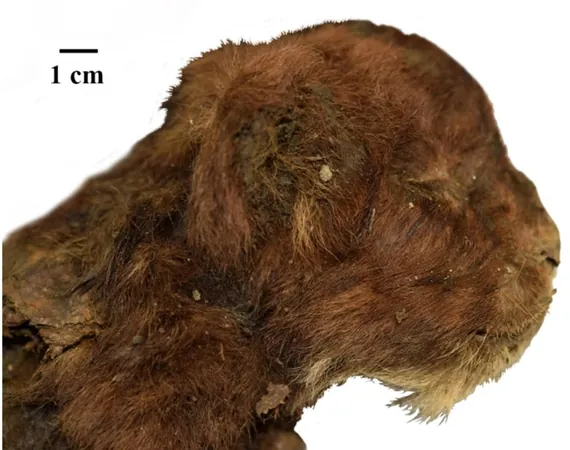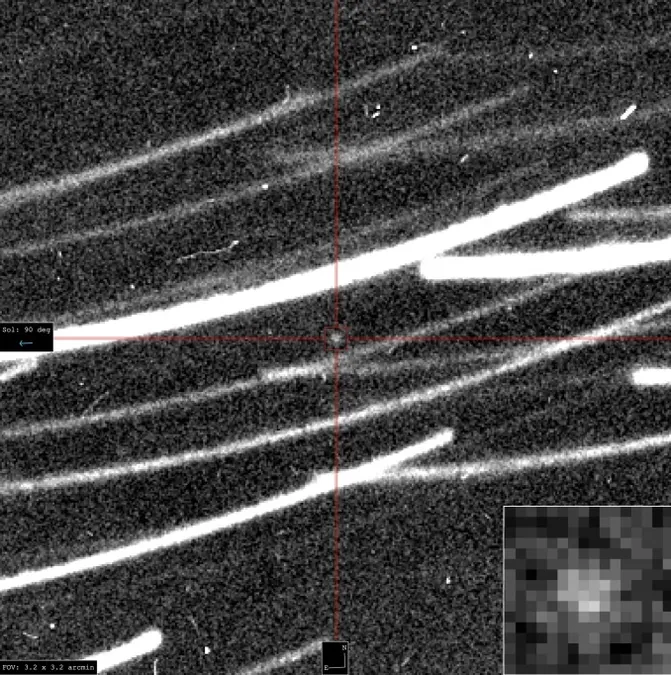
Stunning Discovery: 35,000-Year-Old Mummy of Saber-Toothed Kitten Unearthed in Siberia!
2024-11-20
Author: Rajesh
Stunning Discovery: 35,000-Year-Old Mummy of Saber-Toothed Kitten Unearthed in Siberia!
In a groundbreaking revelation for paleontology, explorers stumbled upon a perfectly preserved mummy of a saber-toothed kitten dating back a staggering 35,000 years in eastern Siberia, near the Badyarikha River. This unprecedented find not only captivates scientists but also offers an invaluable look into the life of these prehistoric predators, commonly known for their iconic long, sharp teeth.
The kitten was discovered nestled in permafrost – a permanently frozen layer of soil found in Arctic regions. As the planet warms due to climate change, areas of permafrost are starting to thaw, unlocking treasures from a distant past that have remained encased for millennia.
Saber-toothed cats, though resembling modern felines like lions and tigers, were large carnivorous mammals that roamed the Earth during the last Ice Age. These creatures went extinct approximately 11,700 years ago, leaving behind bones and sparse remains that have puzzled researchers about their behavior and physical characteristics.
What sets this find apart is the remarkable preservation of the kitten’s mummy, which was only about three weeks old at the time of its death. Through advanced CT scans, scientists identified the species as Homotherium, the last known type of saber-toothed cat. While these adults were roughly the size of lions, they boasted a leaner physique, which allowed them to be agile runners—ideal for their hunting lifestyle.
Upon examination, researchers discovered that the kitten exhibited some fascinating features. Notably, it had an unusually thick neck—around twice the size of a lion cub's neck—an adaptation believed to aid in hunting and physical combat. The coloration of the preserved fur was a rich, dark brown, unlike many modern big cat offspring that are born with spots. This unique characteristic raises intriguing questions about the evolution of fur patterns among saber-toothed cats.
An interesting observation was the presence of clumps of hair around the kitten's mouth, suggesting that adult Homotherium could have had facial hair, possibly resembling a beard. The long upper lip noted on the kitten hints that the adults may have kept their formidable long teeth hidden most of the time.
Upon examining its paws, scientists noted that they resembled those of a lynx, yet the pads displayed a square shape, markedly different from what we see in today’s felines. Interestingly, the kitten lacked the pad on the back of its wrist that is typical in modern cats and dogs, leading researchers to speculate that these adaptations may have facilitated walking on snow-covered terrains.
As researchers continue to study this astonishing find, plans are underway to analyze the kitten’s DNA, which could unlock further secrets about its lineage and lifestyle. Moreover, scientists are optimistic that more mummies from Homotherium, including potential adult specimens, might be discovered in the thawing icy expanse of Siberia.
Stay tuned as this captivating journey into the ancient world of saber-toothed cats unfolds, revealing timeless secrets that could reshape our understanding of prehistoric life!






 Brasil (PT)
Brasil (PT)
 Canada (EN)
Canada (EN)
 Chile (ES)
Chile (ES)
 España (ES)
España (ES)
 France (FR)
France (FR)
 Hong Kong (EN)
Hong Kong (EN)
 Italia (IT)
Italia (IT)
 日本 (JA)
日本 (JA)
 Magyarország (HU)
Magyarország (HU)
 Norge (NO)
Norge (NO)
 Polska (PL)
Polska (PL)
 Schweiz (DE)
Schweiz (DE)
 Singapore (EN)
Singapore (EN)
 Sverige (SV)
Sverige (SV)
 Suomi (FI)
Suomi (FI)
 Türkiye (TR)
Türkiye (TR)